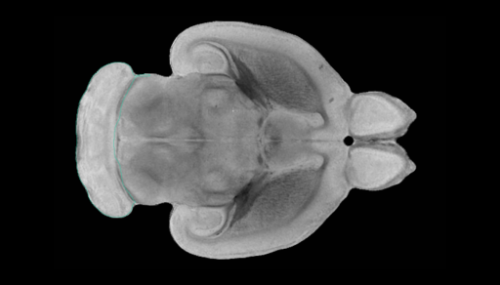This article has been reviewed according to Science X's editorial process and policies. Editors have highlighted the following attributes while ensuring the content's credibility:
fact-checked
proofread
Transcriptomic analysis of rat brain response to alternating current electrical stimulation

A new study appearing in MedComm has been led by Dr. Qian Liu and Dr. Yan Wang (Institute of Biomedical and Health Engineering, Shenzhen Institute of Advanced Technology, Chinese Academy of Sciences). The team presents the initial single-nucleus RNA sequencing (snRNA-seq) profiles of rat cortex, hippocampus, and thalamus subjected to intracranial alternating current stimulation (iACS) at 40 Hz.
The neurons are pinpointed as the cellular subtype exhibiting sensitivity to iACS, manifesting through an augmentation in both their absolute numbers and relative proportions. Remarkably, the iACS elicits minimal alterations in gene expression within neurons, with changes not exceeding 0.1%. Specifically, Rgs9 is recognized as the sole gene displaying a reduction in expression within neuronal populations. Furthermore, unilateral iACS application results in a more concentrated local impact, notably diminishing the proportion of Rgs9-positive neurons within the ipsilateral hemisphere.
Despite ongoing research on the neural modulating effects of electrical brain stimulation (EBS), investigations comparing their global versus local effects, cell-type responses, and gene expression changes under EBS are rare.
"Our study provides the first single-nucleus RNA sequencing (snRNA-seq) profiles of rat brains treated with iACS, profiling 285,347 single-nucleus transcriptomes from the cortex, hippocampus, and thalamus of 8 rats. It also establishes the corresponding relationship between these transcriptomic profiles and the in-brain electric fields derived by iACS. We aim to identify distinct responding cell clusters and their gene expression patterns following specific 40 Hz iACS trials," said Wang.
The team identifies and further validates the response of neurons and Rgs9 to iACS in the rat brain by examining marker gene and protein expressions in brain slices. Immunofluorescence reveals statistically significant increases in NeuN+ cells (neurons) and decreases in Rgs9+ neurons.
"Given that Rgs9 acts as a negative regulator of G proteins and β-catenin activities, our findings suggest a new mechanism by which iACS could potentially enhance neurogenesis and neuronal sensitization, specifically through its down-regulation of Rgs9 in neurons," Liu said.
This research advances the comprehension of iACS and tACS neural modulation effects on healthy brain cells and genes. It offers fresh insights into targeted cells, responsive genes, and effective stimulation strategies for further applications in various brain diseases.
More information: Yan Wang et al, Transcriptomic analysis of rat brain response to alternating current electrical stimulation: unveiling insights via single‐nucleus RNA sequencing, MedComm (2024). DOI: 10.1002/mco2.514




















